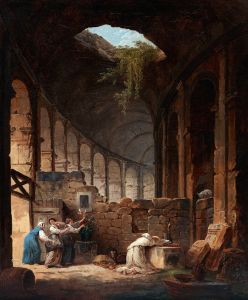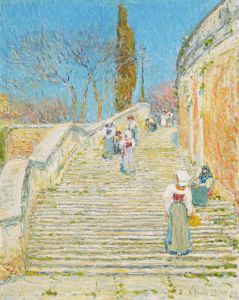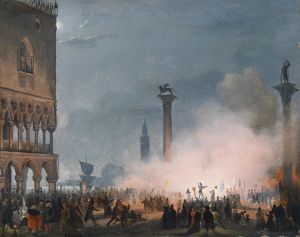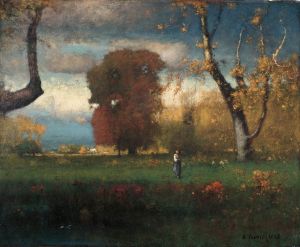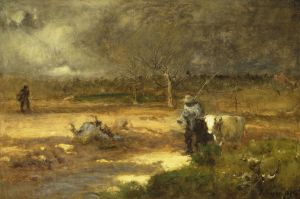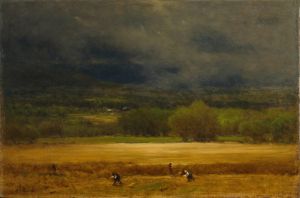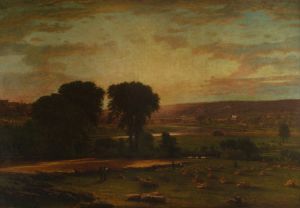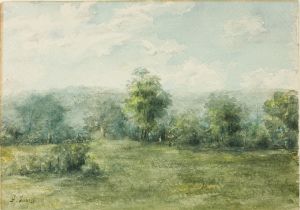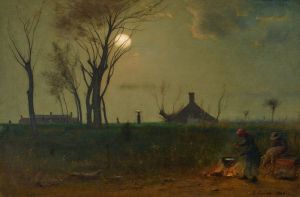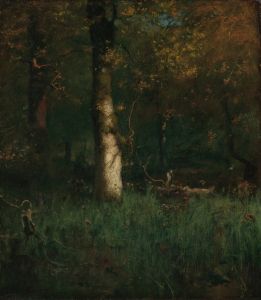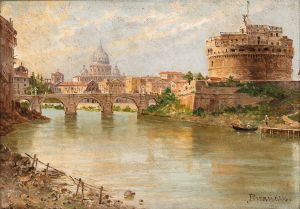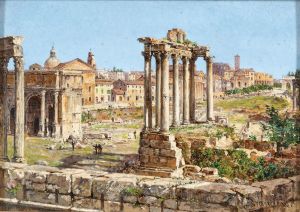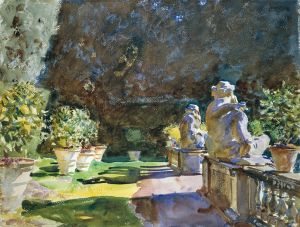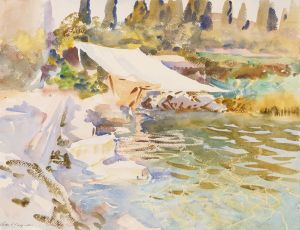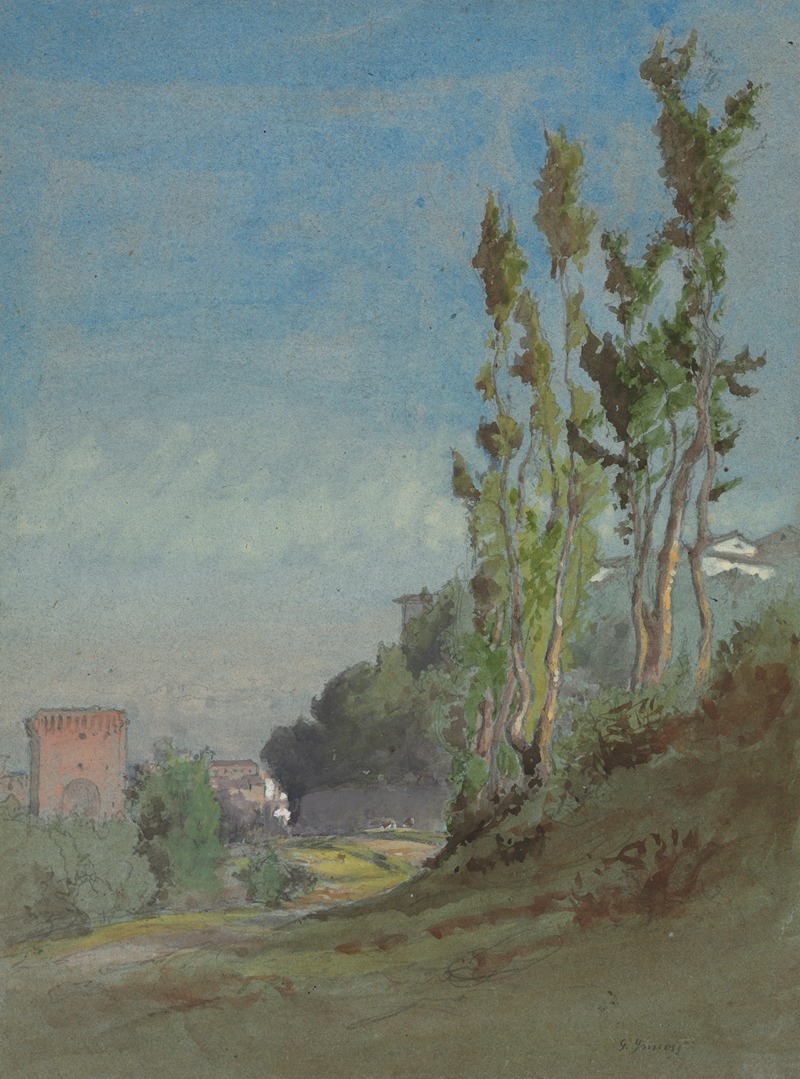
Albano, Italy
A hand-painted replica of George Inness’s masterpiece Albano, Italy, meticulously crafted by professional artists to capture the true essence of the original. Each piece is created with museum-quality canvas and rare mineral pigments, carefully painted by experienced artists with delicate brushstrokes and rich, layered colors to perfectly recreate the texture of the original artwork. Unlike machine-printed reproductions, this hand-painted version brings the painting to life, infused with the artist’s emotions and skill in every stroke. Whether for personal collection or home decoration, it instantly elevates the artistic atmosphere of any space.
"Albano, Italy" is a painting by the American landscape artist George Inness, created in 1866. Inness is widely regarded as one of the foremost American landscape painters of the 19th century, and his work is often associated with the Hudson River School, although his style evolved significantly over his career.
George Inness was born on May 1, 1825, in Newburgh, New York. He began his artistic training in his late teens, studying with various artists and briefly attending the National Academy of Design. Inness was deeply influenced by the works of European artists, particularly the French Barbizon School, which emphasized naturalism and the depiction of light and atmosphere in landscape painting.
"Albano, Italy" was painted during Inness's second trip to Europe, which lasted from 1866 to 1868. This period was crucial for Inness's artistic development, as he was exposed to the works of the Old Masters and contemporary European artists. The painting depicts the town of Albano Laziale, located in the Alban Hills near Rome. This area was a popular destination for artists and travelers during the 19th century due to its picturesque landscapes and historical significance.
Inness's depiction of Albano Laziale captures the serene beauty of the Italian countryside. The composition features a harmonious blend of natural elements, including rolling hills, lush vegetation, and a tranquil sky. Inness's use of light and shadow creates a sense of depth and atmosphere, drawing the viewer into the scene. The painting reflects Inness's mature style, characterized by a softer, more atmospheric approach compared to his earlier, more detailed works.
Throughout his career, Inness sought to convey the spiritual and emotional essence of the landscape, rather than merely its physical appearance. He believed that art should evoke a sense of the divine presence in nature, a philosophy influenced by his interest in the writings of the Swedish philosopher Emanuel Swedenborg. This spiritual dimension is evident in "Albano, Italy," where the tranquil and harmonious depiction of the landscape suggests a deeper, almost mystical connection with nature.
"Albano, Italy" is part of the collection of the Museum of Fine Arts, Boston. The painting is considered an important example of Inness's work during his European period and demonstrates his ability to capture the essence of a place through his unique artistic vision. Inness's contributions to American landscape painting have left a lasting legacy, and his works continue to be celebrated for their beauty and emotional depth.
Inness passed away on August 3, 1894, in Bridge of Allan, Scotland, but his influence on American art endures. His ability to blend naturalism with a profound sense of spirituality has made his landscapes timeless representations of the American and European countryside. "Albano, Italy" remains a testament to Inness's skill and his deep appreciation for the natural world.





